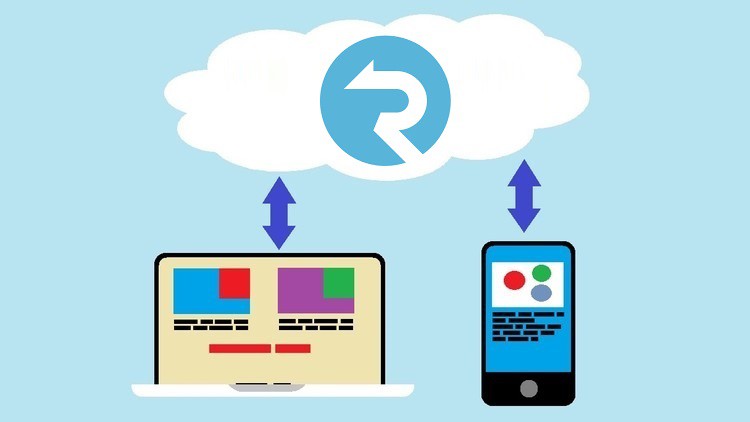My book, SignalR on .NET 6 – the complete guide, is out now!
Are you a web developer or do you write IoT software? If so, you would know that many web and IoT development projects these days require the ability to establish a persistent connection between a client and a server without having to keep sending repeated requests from the client. As you may also know, such functionality may be hard to implement.
However, if you can build your server-side application on ASP.NET Core, there is a way to make this whole process easy. There is a library called SignalR. This is what I’m going to talk about in this course. As well as doing all the heavy lifting for you, the library abstracts away all complex implementation details, so your code can be made extremely simple.
However, as you would already know, nothing in programming is simple in absolute terms. Programming is a complex activity, so even those concepts that are relatively simple require some practice and studying.
This is why I’ve created this course. By the end of it, you should be able to build a web application that clients will be able to establish a persistent connection with and exchange the data with in real time.
This is the second SignalR course that we have published. The previous one was about using SignalR on .NET Core 2.2. However, quite a lot has changes since then. .NET 5 has since been released and SignalR has also received several updates. So, this is an updated version of the course. The second edition.
What you’ll learn
- All the fundamentals of SignalR on .NET 5 version of ASP.NET Core
- How to send various data types to SignalR hub on the server-side
- How to use JavaScript client
- How to use .NET client
- How to use Blazor WebAssembly client
- How to use a plain WebSocket client
- How to send messages to individual anonymous clients and authenticated users
- How to enable authentication and authorization in your hub
- How to scale your application out by using Redis and Azure
- How to make other server-side components interact with your SignalR hub
In the nutshell, the course teaches almost everything you will ever encounter while working with SignalR, while also covering some non-standard use cases.
Are there any course requirements or prerequisites?
- Be able to build basic web applications on ASP.NET Core
Who this course is for:
- Web developers or IoT developers who want to enable a persistent real-time communication between the client and the server
Instructor

Fiodar Sazanavets
Fiodar is an experienced full-stack senior software developer who mainly works with Microsoft software development stack. The main areas of his expertise include ASP.NET (Framework and Core), SQL Server, Azure, Docker, Internet of Things (IoT), microservices architecture and various front-end technologies.
Fiodar has built his software engineering experience while working in a variety of industries, including water engineering, financial, retail, railway and defense. He has played a leading role in various projects and, as well as building software, his duties included performing architectural and design tasks. He has also performed a variety of technical duties on clients’ sites, such as in-house software development and deployment of both software and IoT hardware.
Fiodar is passionate about teaching other people programming skills. He has published a number of programming courses on various online platforms.
Fiodar regularly writes about software development on his personal website, Scientific Programmer. He has also published a number of articles on other websites, such as Simple Programmer.
